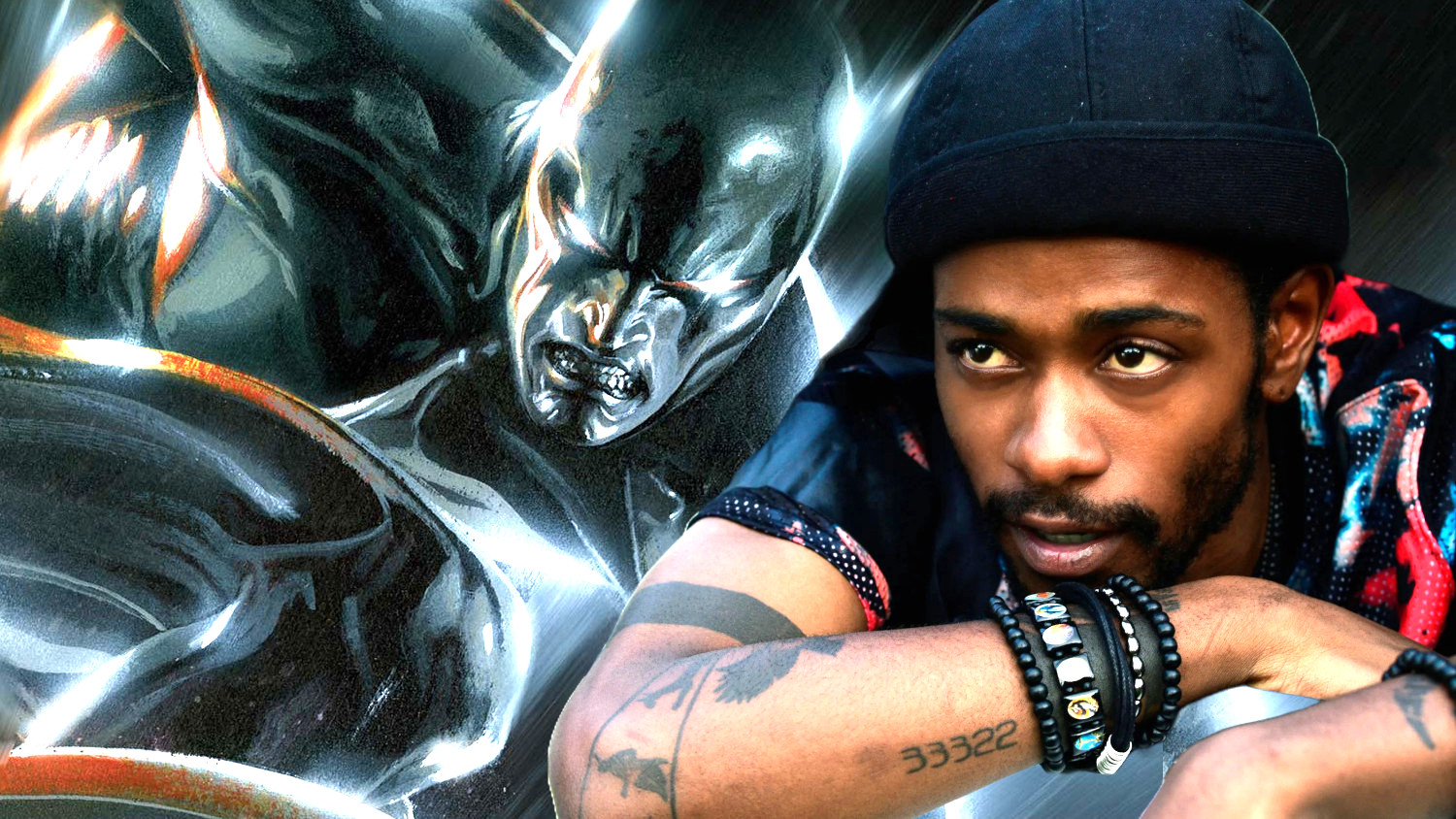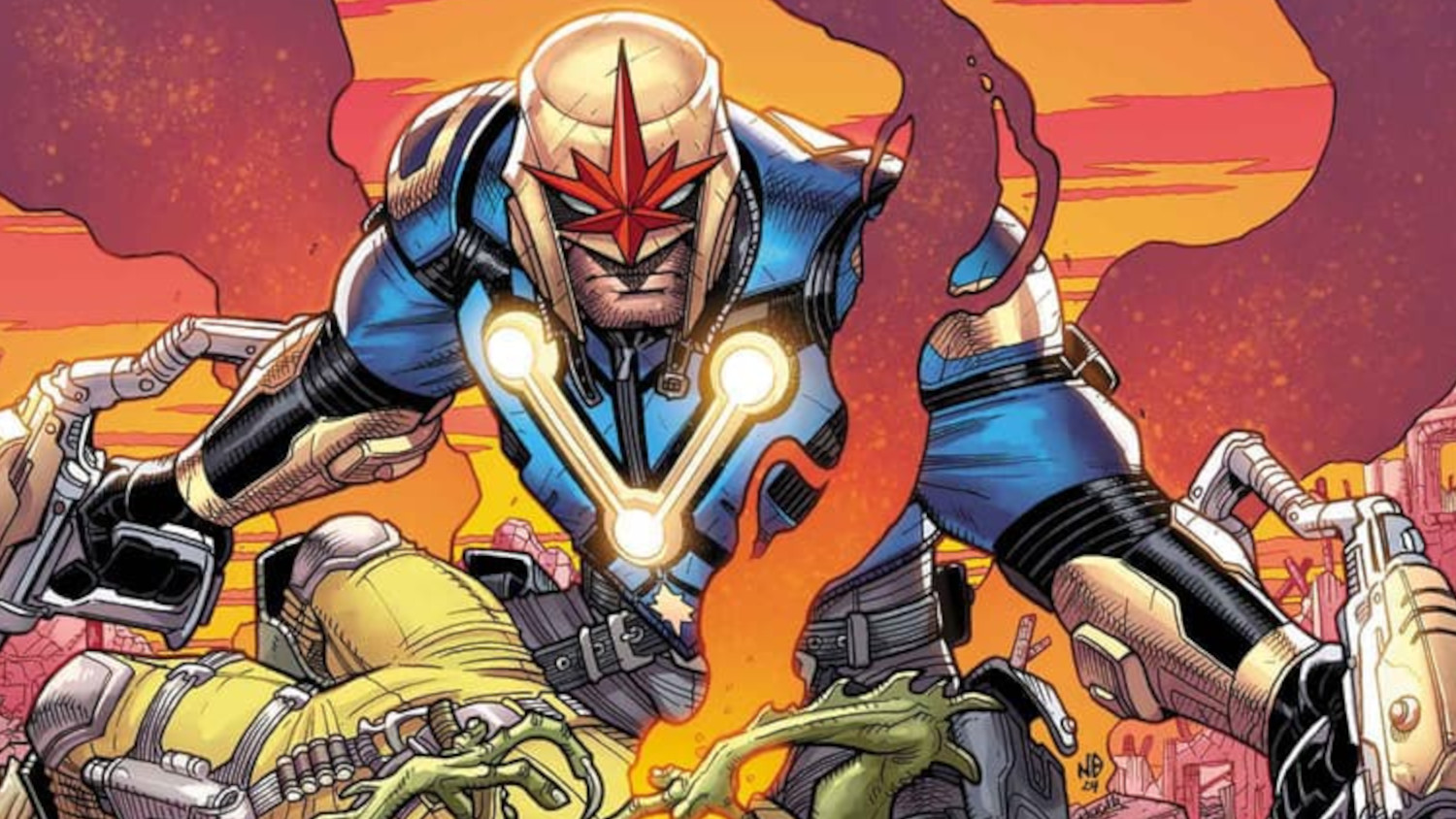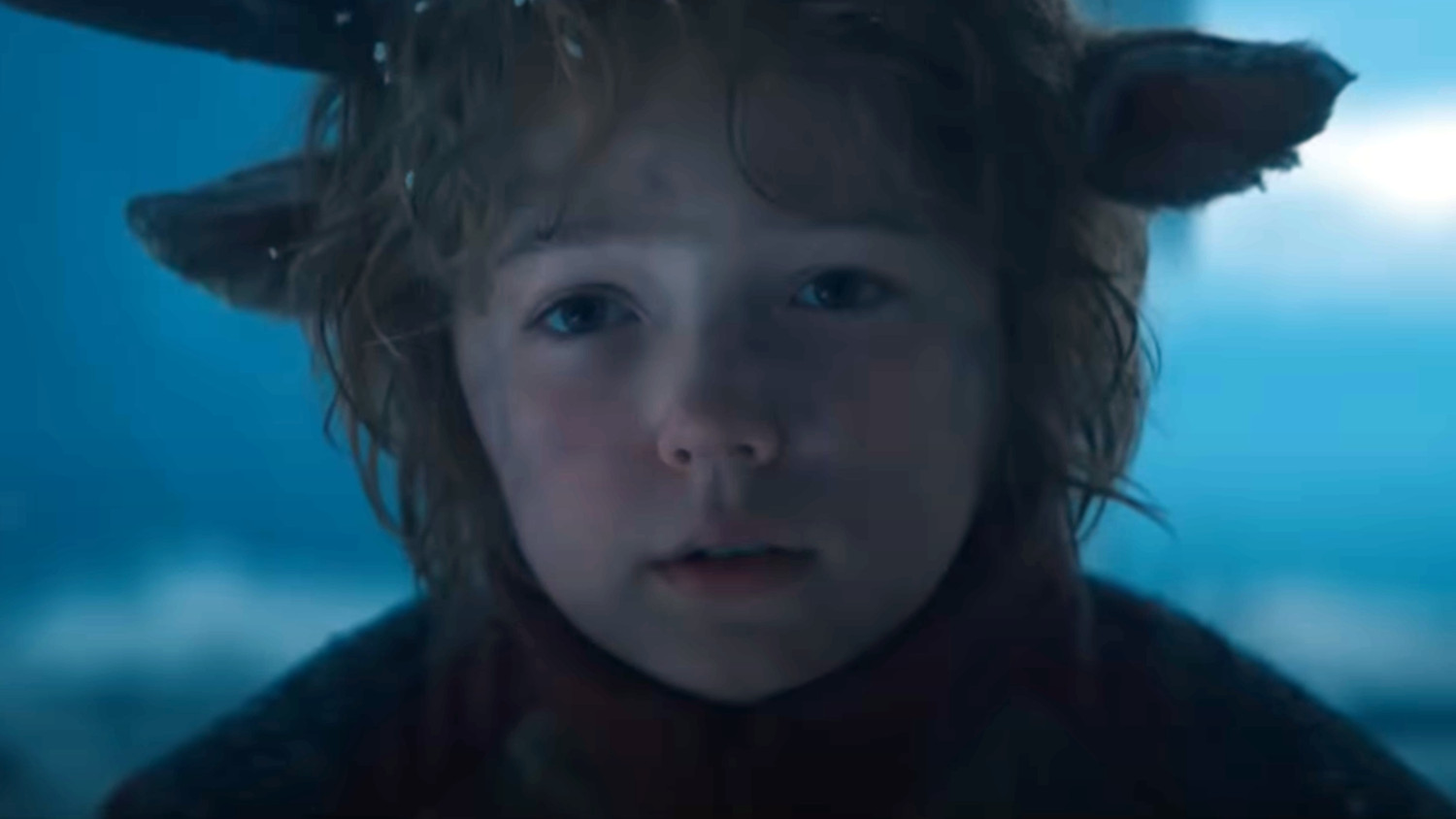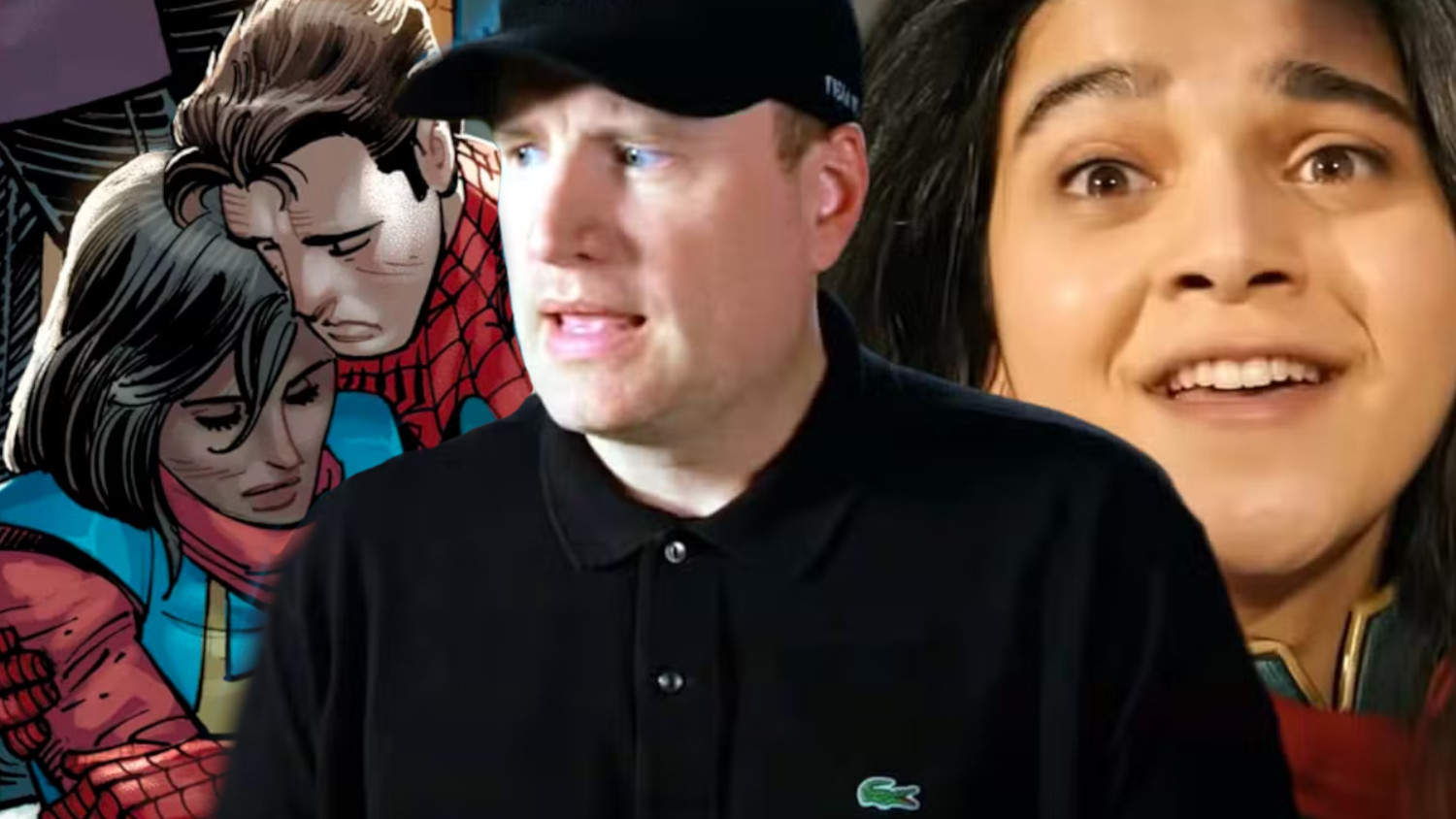The First Blockbuster of 2012?
A Film Review of John Carter
By: Lawrence Napoli
[[wysiwyg_imageupload:868:]]There’s something to be said about prior knowledge on the viewer’s part, Hollywood film adaptations of that prior knowledge and the resulting experience the viewer has at the theater. There are very few film adaptations of popular licenses that I know absolutely nothing about before buying my ticket. I knew nothing about the story of John Carter, its significance or the fact it was created by Edgar Rice Burroughs, the man who invented Tarzan. All I had was movie-trailer speculation and the assumption this film was some kind of science-fiction featuring a super-man (of sorts) being the main character who saves the day in some way. Although these story elements have been done ad nauseam by Hollywood, it was enough to lure me to the theater. Upon leaving the cinema, I could not help but think that if I was a member of the John Carter cult-club, I probably would have been much more impressed with what I saw. I would have appreciated all the references, understood the character relations, accepted the dialogue and above all, forgiven the plot gaps. It led me to conclude that my fan-boy tendencies for certain licensed adaptations actually led to fluffier interpretations rather than meticulous scrutiny. This fact is the reason why I didn’t absolutely loathe some film adaptations that are often berated for being, generally speaking, terrible: (the first) Resident Evil and Green Lantern. My esteemed colleague at CBN, Mr. Chris Bushley, often jokes with me that my film criticism is too tough and causes me to “hate” every movie. To that I say thee “NAY!” but my weakness as a fan-boy will be expunged with better efficiency to leave the fluff at the door in future reviews of films I’m personally anticipating. As of now, The Avengers and The Dark Knight Rises are officially put on notice.
As for John Carter (the film) there’s a very specific reason why it is being promoted as “the first blockbuster of 2012.” It happens to be the same reason why it is being released in March, a full two months prior to the beginning of the actual blockbuster season in May. The reason is because John Carter cannot compete with the actual blockbusters of the summer. It doesn’t have the star power, it doesn’t have the spectacle and it doesn’t have the compelling story. Sure, John Carter looks good on paper: pretty boy with abs as lead? Check. Sexy babe? Check. Action and explosions? Check. Aliens and plenty of CG? Check. Mickey Mouse’s bottomless pockets to bankroll. Double check! John Carter proves that there is no such thing as a “sure thing,” and despite having no significant competition at the box office, it was no match for the previous week’s incumbent champion: The Lorax (a Dr. Seuss animated film well before the beginning of Easter season when these films tend to dominate). This movie had a production budget estimated at around $250 million and yielded a paltry $30 million on its opening weekend with guaranteed diminishing returns every additional day it spends in theaters. This is not the kind of money that gets spent on a film that barely approaches a cult following, and the mouse is frowning atop his gigantic golf ball in Orlando. The two main culprits are 1) Bad marketing (films like Super 8 can clearly relate) and 2) Bad filmmaking (ahem, Green Lantern).
Word of mouth can play a role in sales for any film, but its only real affect tends to put well made, well reviewed films that much more over the top (see Harry Potter films and Avatar). The fact that nobody’s talking about John Carter is as damning as negative commentary, both of which you can blame squarely on Disney and Buena Vista for barely making half the promotional effort it consistently makes for all its animated features. The most impressive thing about this entire project was the teaser trailer that was released last year because it built up the whole mystery of some prophesized messiah on an unknown world theme; none of which was actually part of the story in John Carter. Disney has some kind of major malfunction with selling live action/adventure/sci-fi because the brand of the mouse can, IN NO WAY, be blemished by the stain of excessive violence, graphic content and adult situations. For all the cool things that came with the Tron franchise — from experimental filmmaking, to “digital” effects, to thought provoking story and philosophy, those films did not blow the box office away, and the fact that the mouse has no interest in getting down in the mud to wrestle with the elephants (not commit to harder PG-13 types of stories) must be a factor and is worth discussing. John Carter is so eerily reminiscent of Tron in just about every way save for one: Everything you see in JC has been done before, EVERYTHING.
Writer-director Andrew Stanton teamed up with Mark Andrews to create the screenplay adaptation of Edgar Rice Burroughs’ A Princess of Mars. My special note to the reader: “Get to know your writers!” because understanding why a film flies or fails begins with the authors/adapters. Stanton’s writing credits include Toy Story, A Bug’s Life, Monster’s Inc., and Finding Nemo, while Andrews is coming from Samurai Jack and Star Wars: Clone Wars. Knowing this is particularly interesting seeing how the story of John Carter is laid out and executed in a manner befitting most cartoons: rapidly, without explanation and requiring a healthy amount of faith and acceptance to get through it. One of Syd Field’s rules to screenwriting suggests that the writer ought to begin the story of the script as close to or interrupting the action as possible. This creates a hook, without which an audience can be lost to disinterest. The problem with John Carter’s story is that the only thing that exists in the beginning of the film is the hook with zero foundation in establishing the character, why he exists where he exists, why he behaves a certain way and just what the heck is driving him. Before the audience learns anything relevant or sympathetic about John, BOOM, he’s on Mars and the rest of the time the audience is just playing catch up.
John is constantly (and literally) bounding about from one group of characters to the next because he’s caught up in a storm of confusion, which would be interesting if the “fish out of water” angle wasn’t so conveniently and effortlessly dealt with by the biggest BS plot device this side of “midichlorians.” In the mean time, all these other people John interacts with are very casually introduced because their visual stereotypes are meant to tell their whole stories: green people with tusks and loincloths are “savage,” less cultured, tribes-people while humanoids dressed like the cast of 300 who use technology are the ruling class. There are no camp-fire, getting-to-know-you scenes that clearly identify and engage the main characters into each other’s conflicts. The constant need for walking, riding, shooting, flying, etc. from one place to the other simply does not permit this film’s own story to connect to the audience. The entire plot’s structure plays out like four, half-hour episodes of a cartoon series strung together. Stanton and Andrews did not even write this live action/sci-fi adaptation like their successful cartoons as they were clearly going for Star Wars, but in their haste to project a plot arc for an entire trilogy they managed to misplace all sense of character, adding to the overall irrelevance of the story and the absurd manner in which it was presented.
The action, digital graphics and effects are all but carbon-copied from the Star Wars prequel trilogy. Even John’s ability to jump like MJ on space-aged cocaine-steroids starts off as moderately annoying and ends up being blandly overused. There is nothing visceral, or even “super” about it. ”˜Nuff said.
When the core of your cast is transplanted from a film of the past noteworthy for its inability to meet expectations (X-Men Origins: Wolverine), this doesn’t traditionally bode well for most films. Thankfully Lynn Collins (previously Kayla Silverfox, now Princess Dejah Thoris) holds up her end of lead acting responsibility. Picture Megan Fox with less plastic on her body and face with a brain and talent and this only begins to describe Lynn Collins as an actress. Although she is called upon to engage in some swordplay and fisticuffs, the most impressive aspect of her performance was her dialogue. Who knew authentic Martians spoke with an English accent? Regardless, Collins is quite flawless, featuring a level of speaking proficiency that can only be harnessed at institutions like Julliard and being cast in numerous Shakespearean stage plays. It goes without saying that she is simply breathtaking to look at on the screen, but as seductive as she is both visually and vocally, Dejah Thoris (as a character) doesn’t do much beyond prototypical warrior-princess activity. The past 10 years have seen women that play “the babe” in action films have a more action-oriented role to place them on par with their male leads. However, it’s starting to get a little dull if all these women do is throw a few punches only to be waiting to be saved in the end. Collins’ performance produced undeniable girl-power infused with a regal respectability, but unfortunately it ends there as her inability to generate sparks with John Carter highlights every romantic scene with the high-beams of awkwardness.
The male leads stand in stark contrast to Lynn Collins’ quality performance as captured by the camera. Mark Strong (previously Sinestro, now Matai Shang) is John Carter’s big bad, and the man seems to be all too comfortable with playing the villain in just about every film he has been cast. Far too little is revealed about his character to the audience to effectively break down his performance because I couldn’t tell you if acting like a monotone devil showing little (if any) emotion of any sort was the appropriate choice for that character. That is exactly what Strong delivered and although he did a fine job doing so, I prefer my villains to be a lot more dynamic than that.
This leads us to Taylor Kitsch (previously Gambit, now John Carter) who plays JC himself: a former soldier in the Confederate army, turn gold prospector, who has a way with Native Americans, a knack for combat and a penchant for getting into trouble. Oh, and he seems to have a permanent case of male PMS. As I mentioned before, the details of the plot are few and far between in explaining the “what’s”, “where’s” and “why’s,” but are even less when filtering the plot through John Carter’s eyes. In fact, without dialogue in the script specifically telling the audience about Carter’s past, there’s nothing in Kitsch’s performance that shows he’s a southerner, a soldier, or a man of ANY former level of respectability. Kitsch doesn’t speak with a southern accent, displays no form of period specific sword play technique when combating and shows no evidence of being former military by his demeanor or dialogue. Kitsch’s John Carter comes off like some vagabond cowboy who is consistently pissed off, doesn’t care at all for authority and only has one thing on his mind: gold. Of course, these are all explained away by the story about 20 minutes before the final credits roll, but better choices in performance could have reconciled such a lackluster rationale. Kitsch does fine with his character’s physicality, but struggles with even simple dialogue. I feel like I catch Kitsch thinking when he says his lines rather than simply being in character and speaking organically.
Push comes to shove, people who know the John Carter mythos will appreciate this movie because they will understand everything they see and everything they hear. I got about 50% of it while completely losing interest in the other half. This is not an adaptation that seeks a solid, fictional foundation that any viewer can find relatable or intriguing, which is a shame because the world of John Carter is much more exotic than what this film portrays and it shows at the box office.
![[page_title]](https://cosmicbook.news/wp-content/uploads/2022/08/cosmic-book-news-default-featured-image.webp)



